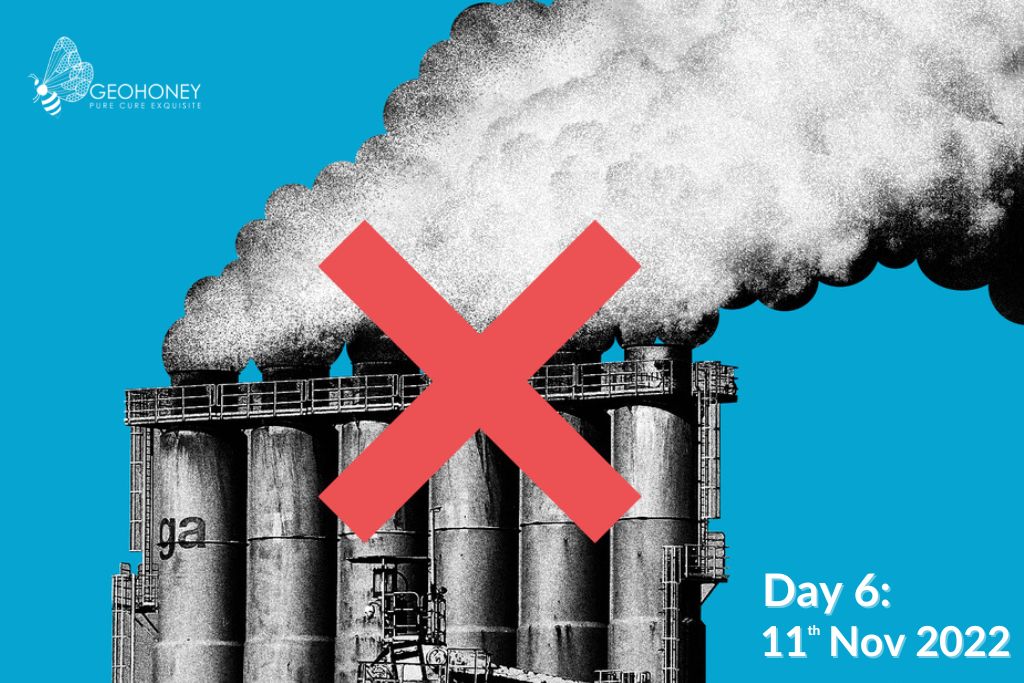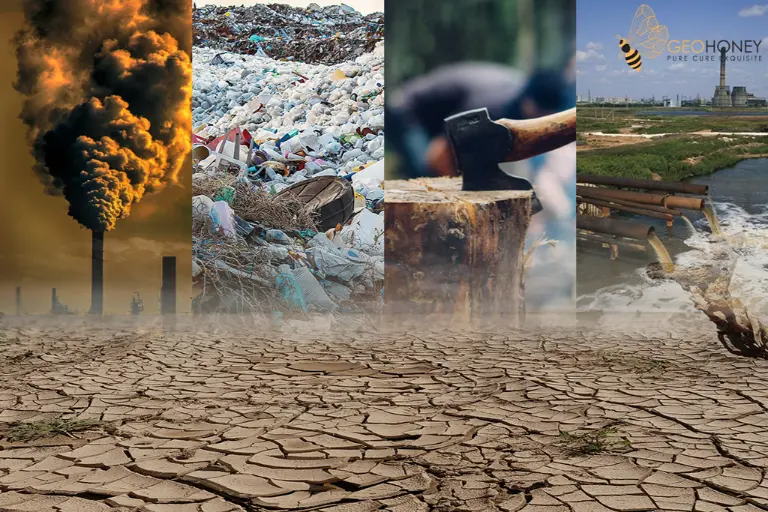- Tokyo: 13:15
- Singapore: 12:15
- Dubai: 08:15
- London: 04:15
- New York: 23:15
Key events on Decarbonization Day – COP27, Sharm el-Sheikh

On Decarbonization Day, the 6th day of the COP27 summit, at Sharm-el Sheikh, a report highlighted the importance of tackling heat-trapping gasses emissions from energy-intensive nations, which account for around 25% of total CO2 emissions at a global level and 66% in industrial sectors.
The study also identifies steel, iron, chemicals, cement, and petrochemical industries as the major emitters of greenhouse gases. It also points out practical measures to help transition to a carbon-neutral economy.
Olga Algayerova, the Executive Secretary of the UN European Economic Commission said that adopting approaches to eliminate pollution and waste, circulate materials and products, and use regenerative nature, can separate economic activities like the production of goods from consuming non-renewable resources and help prevent climate change.
However, the key recommendation is of course following this methodology on carbon, “circular carbon economy”. This ought to be based on the capture, removal, and reuse of things to reduce carbon emissions. Also, it would be accompanied by a push for research and innovation to handle challenges about the need for chemical processes and high temperatures, which are most efficiently achieved by burning fossil fuels.
The other recommendation is to initiate creating industrial clusters, which can help in cost reduction, sharing emissions, and creating jobs that are sustainable and green.
Breakthrough Agenda
On Friday, a master plan to hasten decarbonization in five major sectors including steel, power, agriculture, road transport, and hydrogen was also presented. A study on Global emissions and its reduction is the key point of everything.
This agenda was presented by countries and governments that represent over half of the world’s GDP, which includes the United Kingdom and the United States. They set out in the meeting a 12-month action plan with 25 of them designed for collaborative actions. Which has to be delivered by COP28, to make clean technologies more accessible and cleaner everywhere.
Moreover, the plan emerged as a part of the Breakthrough Agenda, an initiative that was launched in Glasgow, Scotland last year. In this, the actions will target sectors that are responsible for 50% of greenhouse gas emissions and are even designed to enhance food security, reduce energy costs, and with cement and building sectors waiting to be added to the list by next year.
The other priority actions include developing common definitions for near-zero emission and low-emission hydrogen, steel, and sustainable batteries. Moreover, increase clean infrastructure projects, for a common target of stimulating global demand for green products and phasing out vehicles contributing to pollution.
The one sector, which goes unnoticed as a contributor to greenhouse emissions and its potential for decarbonization was the fashion industry. It is responsible for 18 to 20% of total emissions. Sophia Kianni, a member of the Secretary-General’s Advisory Group on Climate Change, said that “The message is clear: to brands, stop lying, stop greenwashing; and to consumers, stop buying fast and furiously,”




The reduction of carbon. Precisely meant is the conversion to an economic system that sustainably reduces and compensates for the emissions of carbon dioxide (CO₂), if they will take an action for this, then there will be no more risk for us in our everyday life, and in the future.
High concentration of carbon and its regular emission is already causing huge problems like Global warming and rising temperature. This needs to be controlled within time. Glad to see that the UN is taking up this issue seriously.